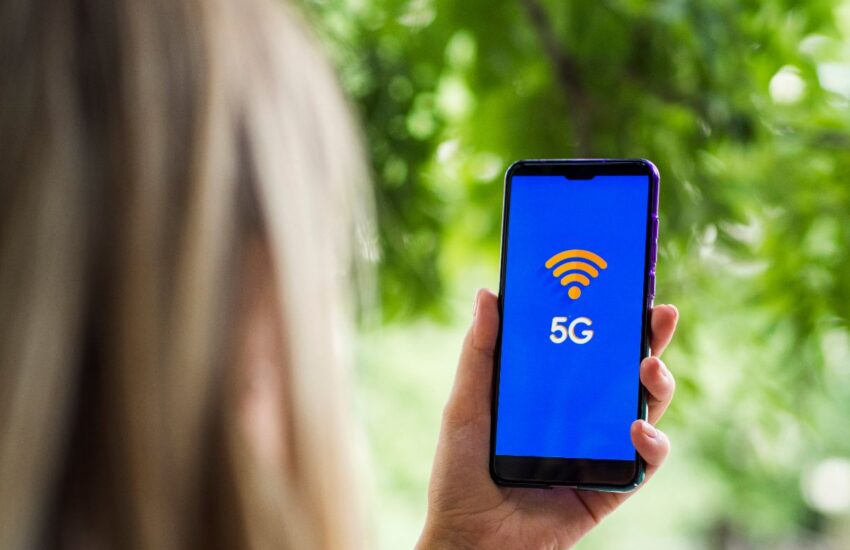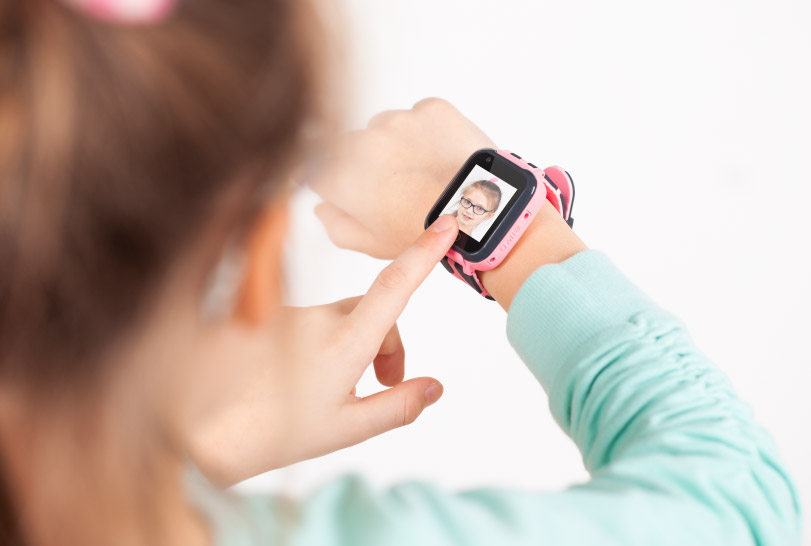In today’s digital age, staying connected is more important than ever. With the advent of 5G technology, the promise of faster, more reliable internet has become a reality, but access to these advancements isn’t always affordable. Fortunately, various government programs exist to provide free 5G phones to eligible individuals. This guide will walk you through the process of obtaining a free 5G government phone, covering eligibility, application procedures, and the benefits of these programs.
Understanding Government Assistance Programs
Lifeline Assistance Program
The Lifeline Assistance Program is a federal initiative aimed at making telecommunications services more affordable for low-income households. Established by the Federal Communications Commission (FCC), the program provides discounts on Free 5G Government phone services and, in some cases, free phones to eligible participants.
Emergency Broadband Benefit (EBB) Program
The Emergency Broadband Benefit (EBB) Program, launched in response to the COVID-19 pandemic, helps ensure that households struggling to afford internet service during the pandemic can stay connected. The EBB provides a discount on broadband service and connected devices, including 5G phones.
Eligibility Criteria
Income-Based Eligibility
To qualify for a free 5G government phone, applicants must meet certain income criteria. Typically, your household income must be at or below 135% of the federal poverty guidelines. Specific income thresholds vary by state, so it’s important to check the requirements in your area.
Program-Based Eligibility
Individuals who participate in specific assistance programs may also qualify for a free 5G government phone. These programs include:
- Supplemental Nutrition Assistance Program (SNAP)
- Medicaid
- Supplemental Security Income (SSI)
- Federal Public Housing Assistance (FPHA)
- Veterans Pension and Survivors Benefit
Participation in Tribal-specific programs, such as Tribal TANF and Bureau of Indian Affairs General Assistance, can also make you eligible.
Application Process
Step 1: Determine Eligibility
Before applying, ensure that you meet the eligibility criteria based on income or participation in qualifying programs. Gather any necessary documentation to prove your eligibility, such as income statements or proof of participation in assistance programs.
Step 2: Choose a Provider
Several telecommunications companies participate in the Lifeline and EBB programs, offering free 5G phones and services. Some popular providers include:
- Assurance Wireless
- Safelink Wireless
- Q Link Wireless
Research each provider to determine which one offers the best services and coverage in your area.
Step 3: Complete the Application
Visit the chosen provider’s website to complete the application process. Most providers allow you to apply online, but you can also apply via mail or phone if preferred. During the application, you will need to provide:
- Personal Information: Name, address, date of birth, and Social Security number.
- Proof of Eligibility: Documentation showing you meet income or program-based criteria.
Step 4: Await Approval
After submitting your application, the provider will review your information to verify eligibility. This process can take several days to a few weeks. Once approved, you will receive your free 5G phone and instructions on how to activate the service.
Benefits of Free 5G Government Phones
Enhanced Connectivity
5G technology offers significantly faster internet speeds, lower latency, and more reliable connections compared to previous generations. This enhanced connectivity enables smoother video calls, faster downloads, and improved overall internet experience.
Bridging the Digital Divide
Access to a free 5G phone helps bridge the digital divide, ensuring that low-income individuals and families can stay connected to essential services, educational resources, and employment opportunities.
Emergency Communication
Having a reliable phone is crucial for emergency communication. Free 5G government phones ensure that recipients can contact emergency services, healthcare providers, and family members when needed.
Access to Online Resources
With a 5G phone, users can access a wealth of online resources, including job listings, educational materials, telehealth services, and government assistance information.



